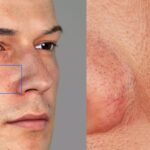5 Everyday Things That Will Have Embedded Computers in the Next 10 Years
If you think that computer technology is ubiquitous now, you haven’t seen anything yet. Microprocessors and other kinds of computer tech changed, expanded and grew more powerful at an unprecedented speed in the 20th century, and the 21st century is proving to be no different. Remember when you were impressed with what the Blackberry could do at the beginning of the millennium? The phone you have in your pocket right now probably makes that thing look like a discount pharmacy toy.
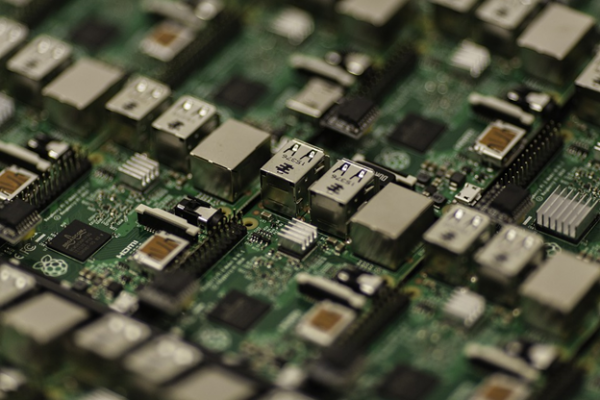
Computers are here to stay, and they’re coming to at least a few places you might not have been expecting. From the billboards outside your window to the jacket in your closet, computer technology is about to start showing up in places you might never have expected to see it. Read on to learn about 5 everyday things that will likely be partially to totally computerized in the next decade.
1. Lightbulbs
Lightbulbs are already a disarmingly complex and efficient piece of technology, and in the age of computers, they’re about to become even more of both in spades. Professor Chris Harrison has been working for several years on a lightbulb that emits information instead of light, and if the timeline in the Tech Republic piece is to be believed, we’re only a couple of years away from being able to see it on the market ourselves. Those cartoons where a lightbulb goes off over a character’s head when they get an idea suddenly just got a lot more meaningful.
How does it work? The “Info Bulb,” as it’s tentatively called, would essentially work as a projector for the general area of a computer screen, not totally dissimilar to something like Google Glass—except that this “screen” also has the added effect of bathing a room in light. The advantage to this is that light fixtures are already everywhere, making this an accessible tech accessory/appliance for just about anyone. We kind of wonder how good of a reading light it would make, but we can’t deny that the idea behind it is deeply intriguing.
2. Your Blood Cells
Okay, so maybe you won’t be turning into Robocop anytime soon, but computer tech is about to take a big (or should we say small?) leap forward in ways even the most advanced types of modern software development would have trouble keeping up with. MIT has developed a device known as a biological computer that holds a tremendous amount of potential for advancing the medical field. In fact, it wouldn’t be surprising to see biological computers start to become commonplace in hospitals around the world in the very near future.
So what are they exactly? Well, the nuts and bolts of it are extremely complicated, but in simple terms, a biological computer is a mechanism that turns cells into “state machines” that can contort themselves into fighting a variety of afflictions and diseases. If developed, this type of science could completely revolutionize cell biology and help make a lot of chronic illnesses a thing of the past. We’ve definitely come a long way from the days when your average computer used to be the size of a person’s living room—now, you need a literal microscope to see some of them!
3. Prosthetics
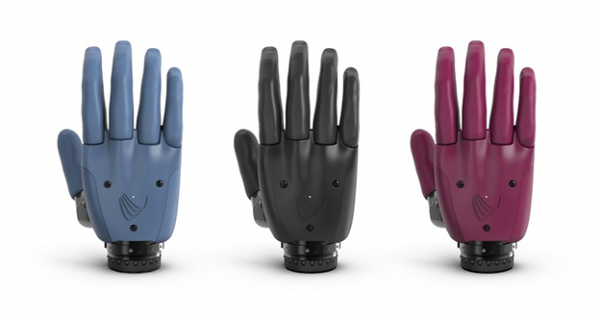
Prosthetics have traditionally relied on a use of neurology that isn’t totally dissimilar to some of the principles behind computer technology, but these German students are trying to take that idea to a whole new level. Their invention, a sensor made to allow amputees to work on computers with an almost telepathic level of precision, is one of the most fascinating innovations yet in the world of medical computer tech. It just goes to show that Germany definitely earned its place on our list of the best countries for students.
The “Shortcut” is a combination between an optical sensor like you’d find in an ordinary mouse and a wristband that receives the sensor signals, which lets the wearers perform tasks on a computer by using the fingers on their prosthetic hands. The devices currently on the market are cumbersome at the best of times, and the Shortcut promises to offer a whole new world of convenience for its users. We have to give these German students a hand for making life a little easier for the folks who need it most.
4. Advertisements
If you thought it was already sort of creepy that your ad feed on Instagram somehow knows your exact taste in ironic menswear, you might not be prepared for what advertisers are cooking up next. Recently, technology has been introduced that allows billboards to actually read your emotions in real time and send that data back to the advertised company so they know how to tailor future ads to have more engaging or positive results.
The idea behind it is actually pretty simple: the advertisements in question have a hidden Kinect camera—the same kind that’s built into your Xbox—that changes the ad based on whether the viewer’s reaction to the image is positive, negative or neutral. While this may not be the same kind of intricate tech that allows a computer to slip into your bloodstream, in many ways it will probably be more common for the average person to experience than some of the more advanced microcomputers on this list. Whether that’s a good or bad thing really just depends on how stoked you are to be getting closer to the real life version of Blade Runner’s vision of L.A.
5. Your Clothes
Speaking of those cellular computers we mentioned earlier, this last entry may not be quite as small as those micro machines, but they certainly give them a run for their money. Researchers at Ohio State University have found a way to weave computer chips into fabric, creating the distinct possibility that in the near future, your Supreme t-shirt will be as functional as it is club-ready.
All jokes aside, the truly exciting thing about this technology is that it’s pretty much limitless in terms of what it could be used to accomplish. Researchers mention that these fiber computers could be used in workout clothes to monitor your heart rate, work as portable wi-fi receptors for your phone or tablet, and a dozen other possibilities besides. This technology could change the way people live their lives in very tangible, immediate ways, and we’re excited to see where it goes from here.
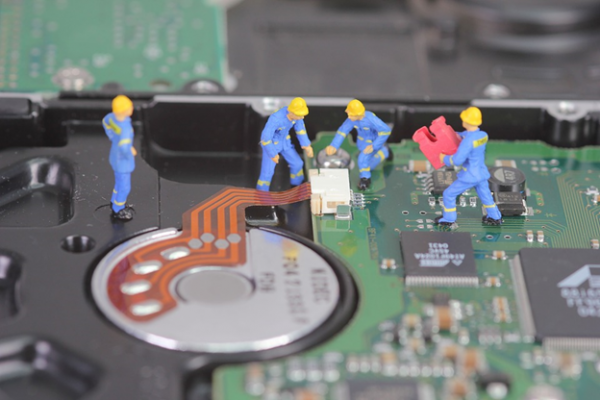
Has this article gotten your creative tech juices flowing? Check out our list of the best schools to learn robotics in the USA and start changing the world yourself. Is there another awesome thing you know about that’s going to have computer tech embedded in it as a matter of course soon enough? Drop us a comment and let us know. And for all the top news about changes and trends in all kinds of tech, check back in with Techno FAQ every day.
About the Author:
Chris Scalise is a technical writer and content strategist from Los Angeles, CA. He writes about emerging trends in the tech sector and how they help companies communicate with evolving consumer bases worldwide. He has written for companies such as EWC Technologies.
Images:
https://pixabay.com/photos/usb-technology-computer-microchip-1284227/
https://pixabay.com/photos/hand-prosthesis-humanoid-hand-3852900/
https://pixabay.com/photos/computer-hard-drive-3293874/

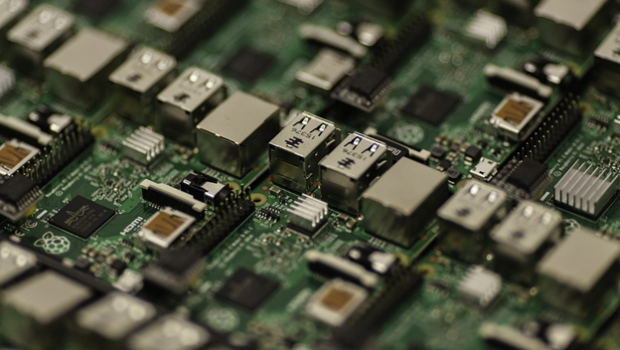






![Effective Ways To Optimize Your Site For Voice Search [Infographic]](https://technofaq.org/wp-content/uploads/2018/08/voice_search-clean-hook-150x150.png)
